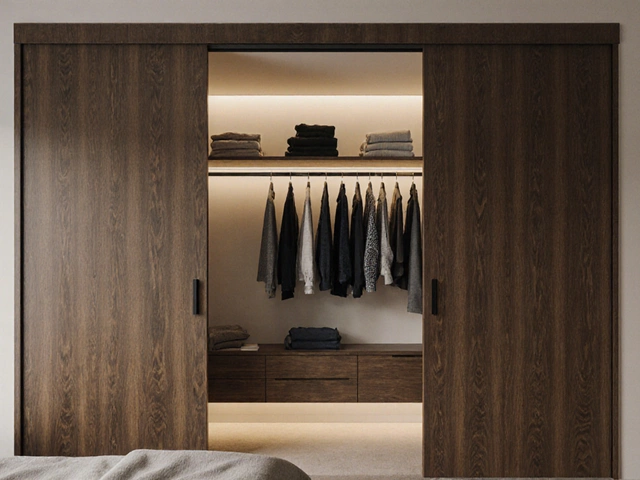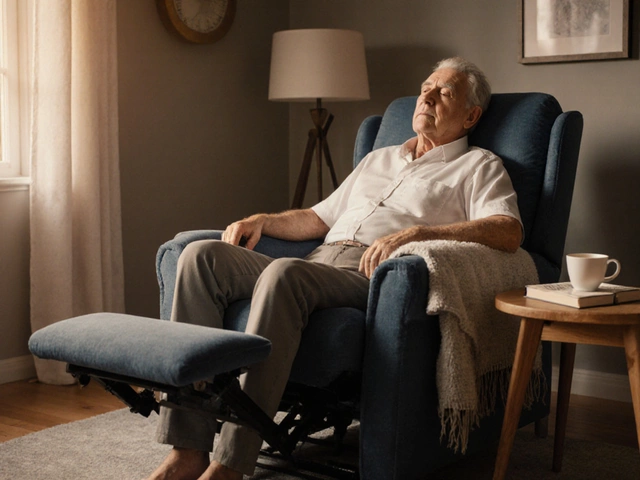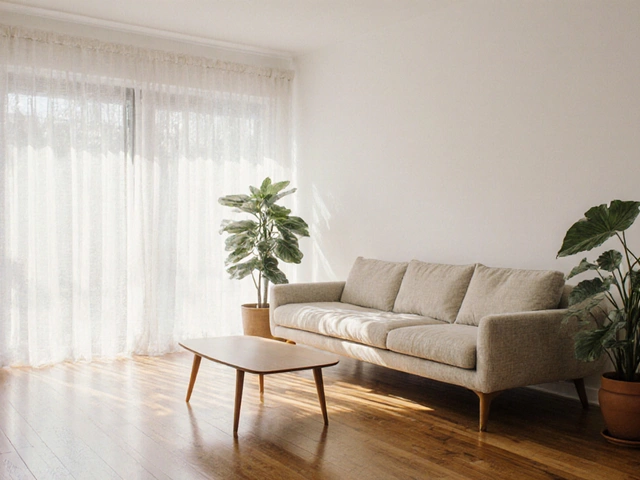Lazyboy Healthcare: What Your Recliner Does to Your Back
Ever wonder if that cozy Lazyboy in your living room is actually helping your back or just making it lazy? You’re not alone. Many people love the plush feel but aren’t sure about the health side. Let’s break down what a Lazyboy recliner does for your spine, posture and overall well‑being.
How a Recliner Supports (or Hurts) Your Spine
A good recliner should keep the natural curve of your spine in place. Lazyboy models usually have a built‑in lumbar pad that fills the small dip in your lower back. When you tilt back, the seat angle opens up, reducing pressure on the discs. That can feel like instant relief after a long day. However, if the chair is too soft or the backrest is too high, it can push your shoulders forward and flatten the natural curve, leading to soreness.
What matters most is adjustability. Look for a recliner where you can fine‑tune the footrest height and the backrest angle. The right mix lets you sit upright for work or lean back for relaxation without forcing your spine into an awkward position.
Practical Tips for a Healthy Lazyboy Experience
1. Check the lumbar support. Sit in the chair and place a hand behind your lower back. You should feel a gentle push that fills the gap, not a hard edge.
2. Adjust the footrest. Your feet should rest flat on the footrest with knees at about a 90‑degree angle. If the footrest is too high, it forces your hips to over‑extend.
3. Mind the cushion firmness. A cushion that’s too plush makes you sink in, which can strain the hips and lower back. Aim for a firm‑yet‑soft feel that supports weight evenly.
4. Take breaks. Even the best recliner won’t prevent stiffness if you stay seated for hours. Stand up, stretch, and walk around every 30‑45 minutes.
5. Combine with good posture habits. Keep your shoulders relaxed, chin up, and avoid slouching when you sit upright. A recliner can’t fix a habit of hunching over a phone.
Remember, a Lazyboy recliner is a tool, not a cure. It can relieve back tension when set up right, but it won’t replace regular exercise or proper ergonomics at a desk. Pair it with core‑strengthening moves and you’ll notice a real difference.
So, is a Lazyboy good for your back? Yes, if you choose a model with adjustable lumbar support, set the footrest correctly, and use it in moderation. Follow the tips above and you’ll turn that comfy chair into a health‑friendly piece of furniture.
Is Lazyboy Recliner Covered by Medicare?
Discover if Lazyboy recliners are eligible for Medicare coverage. This guide delves into the conditions under which medical seating might be approved, shedding light on the process for securing Medicare assistance for recliner purchases. Understand the alignment of Lazyboy products with healthcare needs, and explore the potential benefits and limitations involved. Equip yourself with expert insights to make informed furniture decisions related to elderly or medical care.







